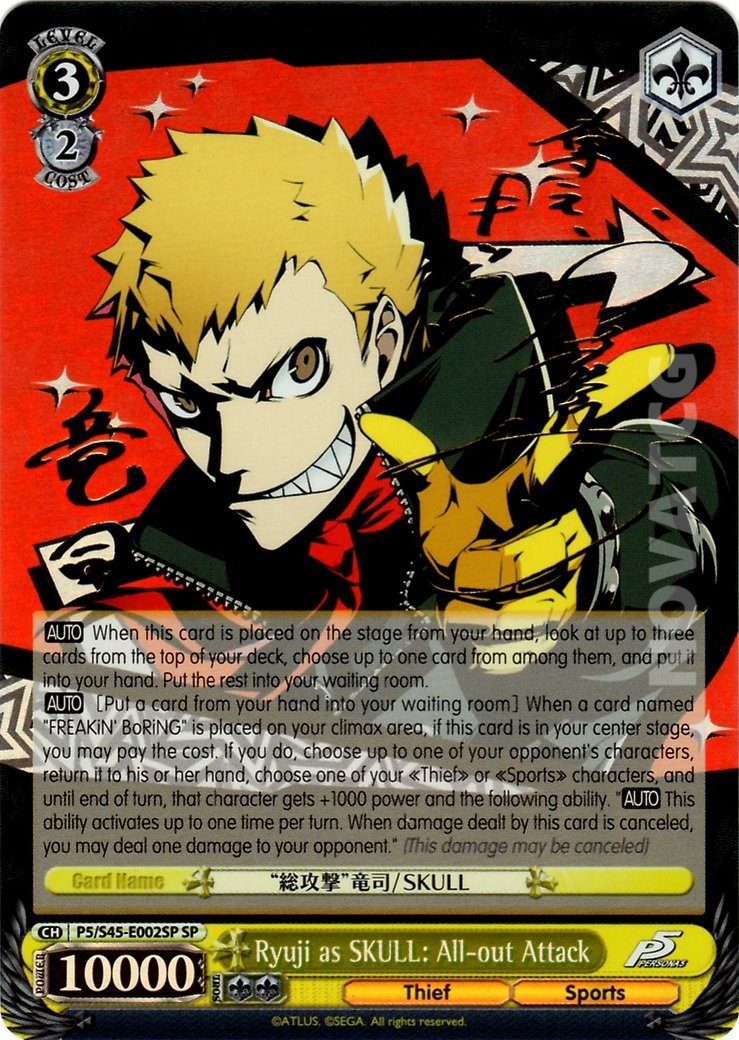


The IAEA report also said that Tehran "holds more than 12 times the amount of enriched uranium permitted under the JCPOA, and that "work has also begun on the construction of new underground facilities close to Natanz, its main enrichment facility". Iran has, since its breach in July 2019 of the JCPOA, embroiled itself in controversy with half of the JCPOA signatories because a November 2020 IAEA report said that Iran had further developed centrifuge technology, the novelty of which was explicitly prohibited by the JCPOA. Īs of February 2019, the IAEA certified that Iran was still abiding by the international Joint Comprehensive Plan of Action of 2015, However, in July 2019, after the United States withdrew from the agreement, the IAEA stated that Iran had breached the agreement. Īs of 2015, Iran's nuclear program has cost $100 billion in lost oil revenues and lost foreign direct investment because of international sanctions ($500 billion, when including other opportunity costs). Iran has also announced that it is working on a new 360 megawatt Darkhovin Nuclear Power Plant, and that it will seek more medium-sized nuclear power plants and uranium mines in the future. The Russian engineering contractor Atomenergoprom said the Bushehr Nuclear Power Plant would reach full capacity by the end of 2012. Iran's first nuclear power plant, the Bushehr I reactor, was completed with major assistance from the Russian government agency Rosatom and officially opened on 12 September 2011. On the IAEA reiterated its 2015 report, saying it had found no credible evidence of nuclear weapons activity in Iran after 2009. In November 2011, the IAEA reported credible evidence that Iran had been conducting experiments aimed at designing a nuclear bomb until 2003, and that research may have continued on a smaller scale after that time. In 2007, the United States National Intelligence Estimate (NIE) stated that Iran halted an alleged active nuclear weapons program in fall 2003. In 2006, because of Iran's noncompliance with its NPT obligations, the United Nations Security Council demanded that Iran suspend its enrichment programs. The IAEA launched an investigation in 2003 after an Iranian dissident group revealed undeclared nuclear activities carried out by Iran. In the 2000s, the revelation of Iran's clandestine uranium enrichment program raised concerns that the program might be intended for non-peaceful uses.

Western cooperation ceased following the 1979 Iranian Revolution, after which Iran continued its nuclear program on a clandestine basis. Iran's nuclear program was launched in the 1950s with the help of the United States under the Atoms for Peace program, and in 1970, Iran ratified the Non-Proliferation Treaty (NPT), limiting its nuclear program to peaceful use, and making its nuclear program subject to inspection by the International Atomic Energy Agency (IAEA). Iran has several research sites, two uranium mines, a research reactor, and uranium processing facilities that include three known uranium enrichment plants. The nuclear program of Iran is an ongoing scientific effort by Iran to research nuclear technology that can be used to make nuclear weapons. Iran–United States relations after 1979.( Learn how and when to remove this template message) ( November 2017) ( Learn how and when to remove this template message) Please help by editing the article to make improvements to the overall structure. This article may be in need of reorganization to comply with Wikipedia's layout guidelines.


 0 kommentar(er)
0 kommentar(er)
